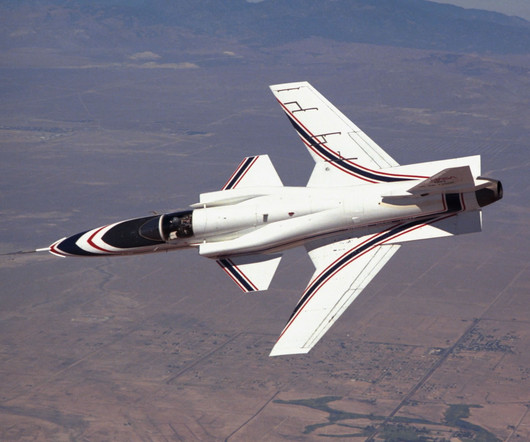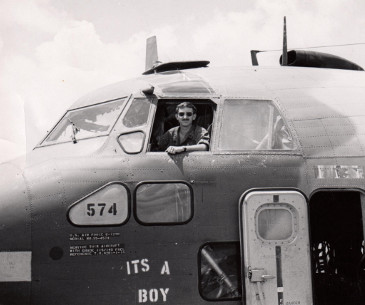Tailless Aircraft: How Airplanes Fly Without a Tail
Pilot Institute
JUNE 4, 2025
Have you ever seen an airplane with no tail and no vertical fin, but with just a sleek wing? They prove that with the right aerodynamic tricks, you dont need a tail to fly. A tailless aircraft may still have a fuselage and a vertical tail (fin and rudder). How does the tail do this? Ever wondered how it stays balanced?



















Let's personalize your content